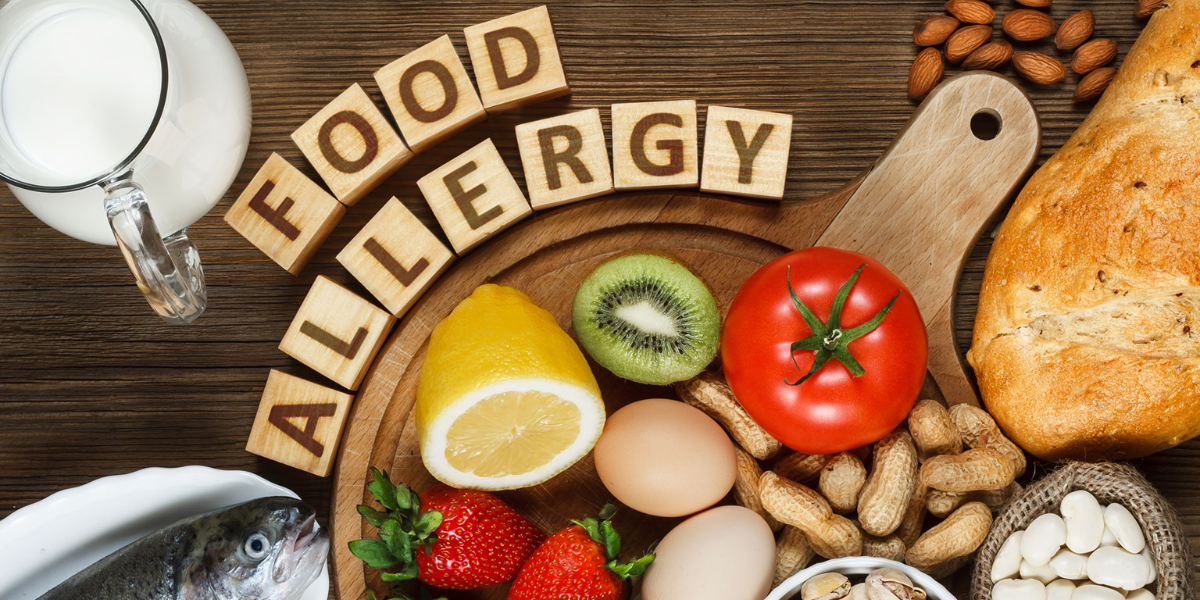Australia has one of the highest rates of food allergy in the world. It is estimated that more than half a million Australians have a diagnosed food allergy, with many more going undiagnosed. What is even more concerning is the increasing rate of fatalities from allergic reaction to food. The high rate of food allergy is a concern as there is currently no cure for this condition.
Food Allergy Week aims to raise awareness of food allergy, including potentially life-threatening reactions. This week, Allergy and Anaphylaxis Australia (A&AA) is calling on all Australians to help increase awareness and share information on what we can do to improve safety for those who live with food allergies.
An allergy is an overreaction from the immune system in fighting certain proteins in foods. Allergic reactions to food can cause symptoms including hives, swelling, cardiovascular responses and sometimes severe anaphylaxis which can potentially be fatal. It is a medical condition which requires medical diagnosis so the allergy can be properly managed. While avoidance of foods containing the allergen is the only way to manage the reaction, without a proper diagnosis sufferers might unnecessarily avoid too many foods leading to nutritional deficiencies and further problems. Once aware a food allergy exists, planning, support and education become important tools in managing potential risks.
Allergic reaction is not to be confused with intolerance, which is a digestive issue causing discomfort. While symptoms can be severe, they are usually not life-threatening.
Food allergies can occur at any age, however they are most common in children under five. An alarming statistic of allergy research reflects that one in ten babies born in Australia will be diagnosed with a food allergy by their first birthday. Many food allergies in children are not severe, and will disappear with time. While just 10 foods cause 90% of food allergic reactions, there are more than 170 foods known to be triggers. Bananas, kiwi fruit, mustard and celery just to name a few!
Armidale local James has been allergic to foods his whole life. His main triggers are yeast, oranges, and dairy.
“It is hard sometimes avoiding what you’re allergic to but it just has to be done,” James said.
“Orange is easy because you can’t really hide it, dairy is common and there’s lots of dairy free products.”
“Yeast is the hard one because it’s not that common, there aren’t a lot of yeast free foods, and it’s not just avoiding bread, beer, and vegemite – anything that’s a bit old like aged cheese can generally set me off too.”
It is important for Australians to be aware of food allergies, to know the signs and symptoms, and how to react in an emergency. For 2023, A&AA are focussed on bringing awareness of the symptoms of anaphylaxis being very similar to the onset of asthmatic symptoms. Knowing which to treat first could help prevent a situation becoming life-threatening – ‘Adrenaline injector first, asthma reliever second’.
The A&AA are asking the community to show their support and promote awareness of those with food allergies by painting a single fingernail – one nail out of ten to represent the number of babies who will develop a food allergy.
More information and support links can be found online at https://allergyfacts.org.au/

